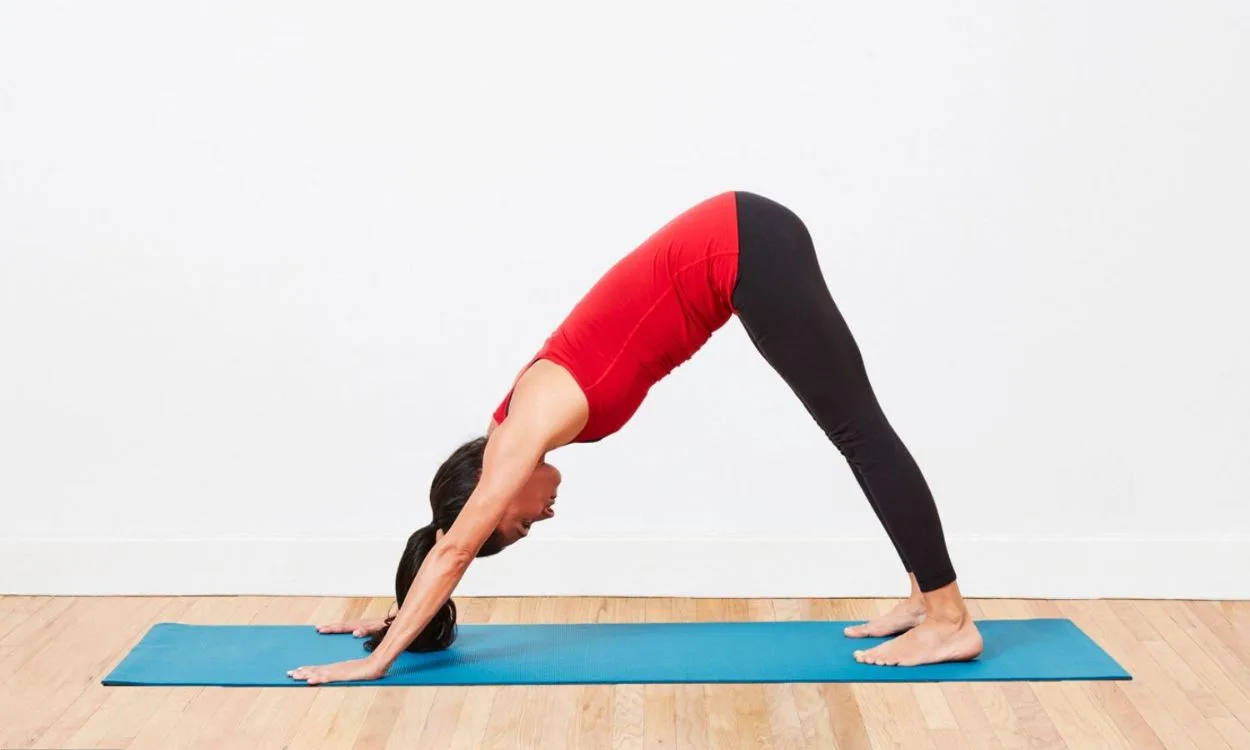Best Yoga Poses for a Full-Body Workout: Achieve Your Fitness Goals with Fitpaa
Are you tired of traditional workouts that leave you feeling exhausted and unmotivated? Yoga is a great alternative that not only helps you achieve your fitness goals but also promotes mental and emotional well-being. In this article, we will explore the best yoga poses for a full-body workout that will leave you feeling energized and refreshed.
1. Downward-Facing Dog (Adho Mukha Svanasana): This pose strengthens your arms, shoulders, and legs while stretching your hamstrings and calves. It also helps relieve stress and anxiety.
2. Plank Pose (Phalakasana): This pose strengthens your core, arms, and wrists while improving your posture and balance.
3. Warrior I (Virabhadrasana I): This pose strengthens your legs, hips, and core while improving your balance and focus.
4. Warrior II (Virabhadrasana II): This pose strengthens your legs, hips, and core while stretching your chest and shoulders.
5. Triangle Pose (Trikonasana): This pose strengthens your legs, hips, and core while stretching your hamstrings and hips.
6. Tree Pose (Vrikshasana): This pose improves your balance and strengthens your legs, hips, and core.
7. Bridge Pose (Setu Bandhasana): This pose strengthens your back, glutes, and legs while stretching your chest and neck.
8. Cobra Pose (Bhujangasana): This pose strengthens your back, arms, and shoulders while stretching your chest and abdomen.
9. Child’s Pose (Balasana): This pose helps relieve stress and tension while stretching your hips, thighs, and ankles.
10. Seated Forward Bend (Paschimottanasana): This pose stretches your hamstrings, lower back, and hips while calming your mind.
11. Boat Pose (Navasana): This pose strengthens your core, hips, and legs while improving your balance and posture.
12. Camel Pose (Ustrasana): This pose strengthens your back, shoulders, and legs while stretching your chest and abdomen.
13. Pigeon Pose (Kapotasana): This
yoga pose is a deep hip opener that stretches the thighs, groin, psoas, and lower back. It can also help to release tension in the upper back and shoulders.
To get into Pigeon Pose, begin in a tabletop position with your hands and knees on the ground. Slide your right knee forward toward your right hand, then release your right foot to the ground so that your right knee is now behind your right wrist. Your right shin should be at an angle, with your right foot near your left hip. Slowly slide your left leg straight back behind you, lowering your hips toward the ground. Keep your hips square to the front of your mat and lengthen your spine.
You can stay in this position or come down to your forearms or all the way down to your forehead. Hold the pose for several breaths, then release and switch sides.
Pigeon Pose can be a challenging pose for some, so it’s important to listen to your body and make modifications as needed. You can use a blanket or cushion under your hips for support, or you can place a block under your forehead for more height. It’s also important to engage your core muscles and keep your hips square to prevent any strain on your lower back. Practicing this pose regularly can help to increase flexibility and mobility in the hips, as well as improve overall posture and alignment.









